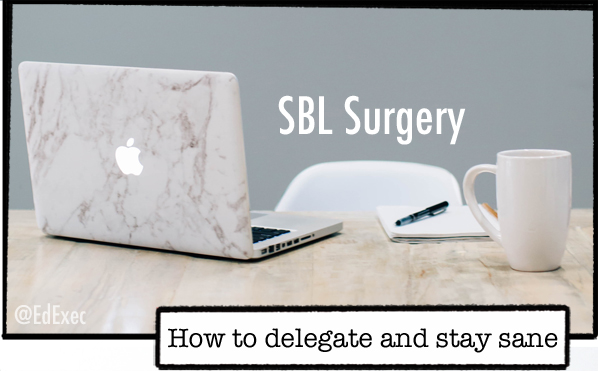Monthly management accounts are the most useful financial tool a Headteacher has at their disposal. However, when presented with a spreadsheet full of numbers, for some, it can be difficult to know where to start or what questions they should be asking their Business Manager. Here are the top five things that you should be digging into each month:
1. Analysing monthly performance
Your management accounts should clearly state your actual expenditure for that period (month) against the forecasted expenditure for the month. The forecasted expenditure is usually the annual budget distributed evenly across twelve months. By comparing this information, you should know if you are behind, on track or ahead of budget. You should know whether a variance is planned (i.e. an annual invoice) or if there is an issue that requires monitoring (i.e. an unplanned overspend). Your SBM should provide you with details on any significant variances for the month and outline any mitigating action if required.
2. Analysing year-to-date performance against budget
Looking at the year to date expenditure against the full year budget can indicate if any significant issues require attention. Quality management accounts provide a full-year forecast based on year to date expenditure which is based on the assumption that current spending patterns will continue. This data highlights how any overspend may impact your planned year-end position and also flag up cost centres that require additional control or are indicating significant underspend. An in-year budget reforecast based on this information is considered good practice and should be undertaken by your SBM in consultation with yourself and governing body or MAT.
3. Reviewing staffing and agency costs
Depending on the structure of your management accounts, your core staffing and agency costs may be lumped together. Ensure that you receive expenditure, forecast and budget figures for these areas separately to gain a concise picture of staff costings. Ask your SBM to further break down agency costs into vacancy cover, sickness cover, planned absence and training cover. This way you will gain further insight into your agency costs and whether any overspend can be offset against any underspend in areas of your staffing costs or whether you are heading for an overspend.
4. Track key expenditure lines
Ensure that income and expenditure lines for areas such as catering, uniform and school trips are accurate and regularly reviewed to determine whether there is a profit or loss in these areas. Ensure that any loss is forecasted and factored into the bottom line. Also ensure that if any expenditure is to be recharged to departments or teams (i.e. reprographics, hospitality, stationery) that this is undertaken on a regular basis and that department expenditure is reviewed and communicated with Heads of Department.
5. Reviewing planned expenditure for the year
Odds are that since you set the budget, you’ve had to purchase some items that you hadn’t planned for, or needed to pay some unforeseen maintenance costs. Sit down with your SBM and make sure that your planned budget is still realistic, and determine whether any of your plans need to change to accommodate your financial position.
Like what you’ve read? Subscribe to this blog by clicking here.
P.S. Have you joined The Business of School Leadership Facebook Group yet? For practical support, advice, tips, tools & guidance about all things school leadership, join us in the community by clicking here.
Written for: Primary School Management Magazine (@primaryleaders)




